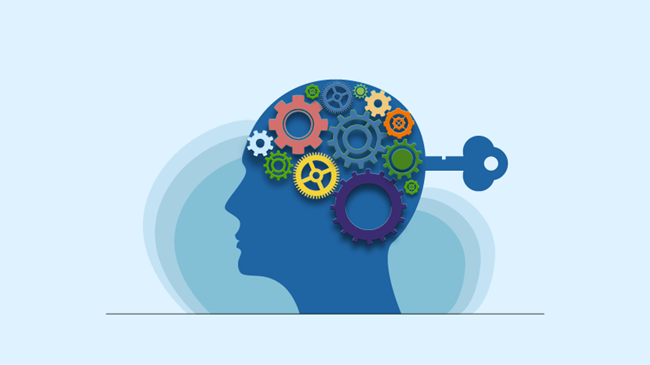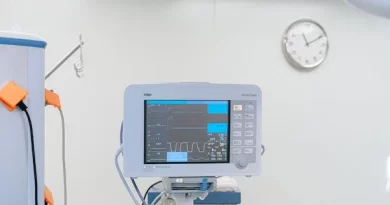What To Know About Behavioral Therapy Techniques for Anxiety
Cognitive-behavioral therapy, or CBT for short, is one of the most widely known therapies in the field of psychology.
Talk therapy is widely used in many parts of the world. It’s possible that you’ve engaged in CBT at some point in your life if you’ve ever communicated with a professional therapist, counselor, or psychiatric patient.
You may be familiar with CBT’s benefits from hearing about the experiences of friends and family who have worked with mental health professionals to recognize and modify unproductive thought and behavior patterns in order to more successfully achieve their goals.
CBT is one of the most often employed tools in the psychologist’s repertoire. It’s founded on elementary ideas, yet when put into effect, it can have enormous benefits.
Here, we’ll discuss how you can use its ideas to better your own life or the lives of your clients.
There are various tools and approaches utilized in cognitive behavioral therapy, a lot of which can be employed in both a treatment context and in everyday life. The nine approaches and tools described below are among the most frequent and effective CBT procedures. You can check out this link to learn more about the subject https://www.healthline.com/health/cbt-techniques.
Here’s what you need to know in greater detail:
Keeping a diary
Sounds amazing, right? This method can be used to learn more about a person’s internal state. Time of occurrence, cause, degree of intensity, and reactions are just some of the details that can be recorded in a CBT journal.
This method can be useful in gaining insight into one’s own mental and emotional processes, providing a language for describing such processes, and paving the way for their modification or replacement.
Unraveling cognitive emotions
This is one of the main points of cognitive behavioral therapy, and it can be done with or without professional guidance. Understanding your own cognitive distortions is the first step toward correcting them. Part of this process is learning to recognize and question negative automatic thoughts. Utilizing Zita Chriszto’s therapy and counseling services in Dubai is a great first step on the path to rewiring your brain to accept and manage these feelings.
Reorganization of the mind
The first step in correcting distorted thinking is becoming aware of it. You can start challenging a destructive or harmful notion once you become aware of it.
Getting let off from a high-paying job can really mess with your head if you believe that’s what it takes to be a respected human being and you hold that belief.
Do not accept this false belief that causes you to have low self-esteem; instead, use this as an opportunity to reflect on what it is that makes an individual “respectable,” an idea you may not have given much thought to before.
Exposure and response prevention
Obsessive-compulsive disorder sufferers will benefit greatly from this method. This method entails repeatedly subjecting oneself to the trigger for a compulsion while actively suppressing the need to act on it.
Journaling can be done in conjunction with this method, or to get insight into the method’s emotional effects.
Interoceptive exposure
Anxiety and panic attacks can be helped with Interoceptive Exposure. One method of eliciting this response is through the exposure of the individual to feared physiological sensations. This allows for fresh learning about the sensations to take place, keeps the sensations without avoidance or distraction, and activates any problematic beliefs linked with them.
The goal is to make the person experiencing panic attacks realize that their symptoms are not life-threatening, albeit unpleasant. You can check out The Enhancement Center in Albuquerque to discover more about dealing with anxiety.
Rescripting and nightmare exposure
Those who suffer from nightmares can benefit greatly from a process called “nightmare exposure as well as rescripting.” This method is similar to interoceptive exposure in that it evokes the aversive experience—in this case, a nightmare—and the associated feelings.
Once the feeling has surfaced, the therapist and client can work together to pin down exactly what feeling was intended and create a new visual representation of that feeling.
Stick to the script and see it through
Those with anxiety and panic disorders can benefit greatly from this method. Individuals who are prone to paralyzing fear or anxiety might use this strategy to prepare themselves for the worst-case scenario by imagining the consequences.
If the person really lets this scenario play out, they may realize that the worst-case situation is still manageable.
Relaxation of all muscle groups
Those who have experience with mindfulness will recognize this method. This method is very similar to the body scan in that it requires you to systematically relax your muscles until your entire body is at rest.
This technique, which can be practiced with the aid of audio direction, a YouTube video, or even just one’s own thinking, can be very useful for calming nerves and settling a restless and distracted mind.
Relaxed breathing
Mindfulness experts will recognize this as another method they’ve studied. Guided as well as unguided imagery, YouTube videos, audio recordings, and scripts are just a few of the options available for calming the mind and establishing a regular breathing pattern. If you can bring some order and peace to your breathing, you’ll be able to tackle your difficulties more calmly and rationally.
Practiced with or without the supervision of a therapist, these methods have been shown to be helpful for people with a wide variety of mental health issues, including depression, anxiety, obsessive compulsive disorder, as well as panic disorder.




